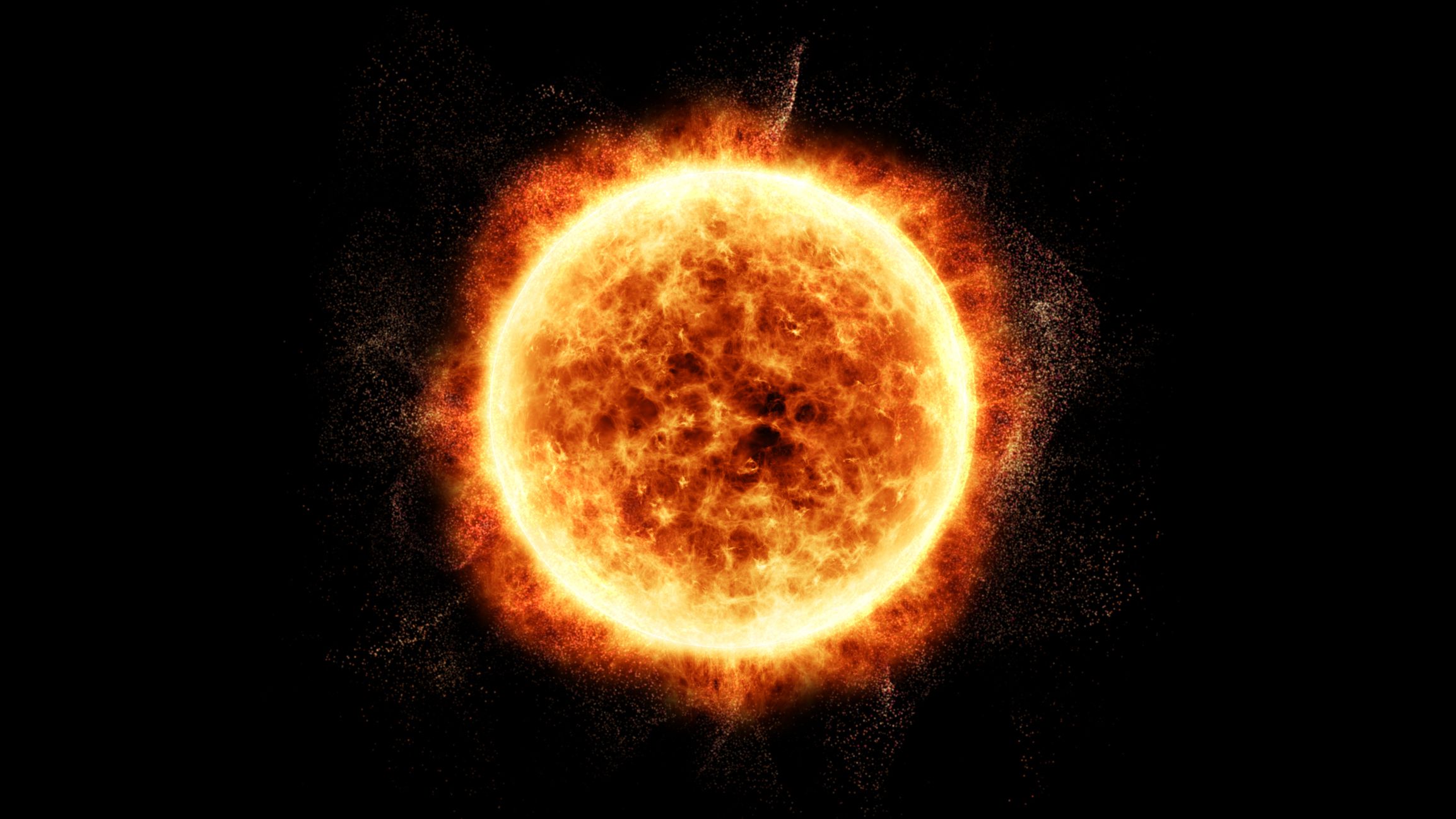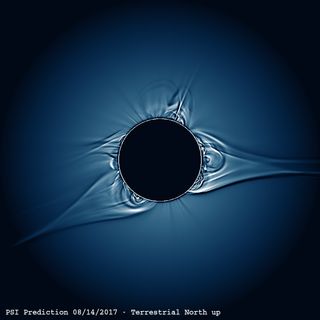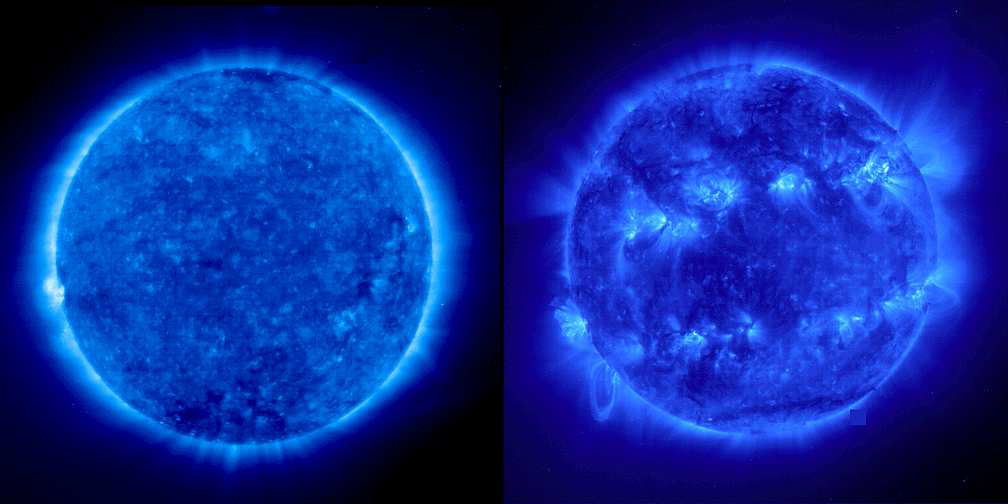
Our model follows the philosophy of previous studies where the magnetic field is driven at the surface of the Sun, which is the lower boundary of the model 15, 16, 17. In the energy balance we account for heat conduction along the magnetic field, optically thin radiative losses and heating through Ohmic dissipation.

For this we solve the problem of MHD in which the induction equation describing the magnetic field is coupled to the conservation of mass, momentum and energy of the plasma. To investigate the corona above a solar active region we conduct a 3D numerical experiment. In a similar way, the thermal evolution of coronal loops (in flares) has long been recognized to be caused by an interaction with a time-dependent magnetic structure 2, 14. We show that such scenarios are realistic for situations on the Sun thus, our understanding of the structure and evolution of the solar corona, and ultimately the heating processes, will have to fully acknowledge the intimate interaction of the thermal evolution of coronal loops and the changing magnetic structure. Thus, in general the appearance of coronal loops depends not just on the instantaneous position and shape of field lines but also on their evolution. The thermal evolution-that is, when plasma gets heated and when a loop becomes visible in EUV images-is coupled in a much more subtle time-dependent way to field lines and heat input than often assumed. Models accounting for this 3D structure and evolution of the solar corona point to a mismatch between magnetic and thermal structure 12, which plays an important role in understanding the cross-section of coronal loops 13.
#SUN CORONA PLASMA FULL#
On the real Sun we will not find these extreme cases, but a changing magnetic field hosting plasma with an evolving thermal structure, as described by the full equations of magnetohydrodynamics (MHD ref. This paradigm underlies both one-dimensional modelling 2, 8, 9, where the thermodynamics of the coronal plasma is often treated in detail along assumed static field lines, and magnetofrictional modelling 10, 11, where an instantaneous thermal equilibrium is often assumed along dynamic field lines. Comparing EUV images and extrapolations reveals that loops seen in EUV images indeed outline field lines 7. Stereoscopic observations can provide the three-dimensional (3D) structure of coronal loops 6.

This indicates that the thermal and the magnetic evolution in the outer atmosphere of a cool star should be treated together, and should not be simply separated as predominantly done so far.īecause direct measurements of the coronal magnetic field are notoriously difficult 4, mainly extrapolations of the observed magnetic field at the surface provide the magnetic information in the corona 5. However, in contrast to the traditional view, the temporal evolution of the magnetic field and the EUV loops can be quite different. For each snapshot the EUV images outline the magnetic field. Although the magnetic field continuously expands as new magnetic flux emerges through the solar surface, plasma on successive field lines is heated in succession, giving the illusion that an EUV loop remains roughly at the same place. Here we present numerical experiments accounting for both the evolving three-dimensional structure of the magnetic field and its complex interaction with the plasma.

Together this governs the evolution of coronal loops, the basic building block prominently seen in X-rays and extreme ultraviolet (EUV) images 3.

How this gas is heated is a fundamental question tightly interwoven with the structure of the magnetic field 2. The outer solar atmosphere, the corona, contains plasma at temperatures of more than a million kelvin-more than 100 times hotter than the solar surface 1.


 0 kommentar(er)
0 kommentar(er)
